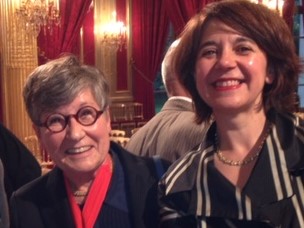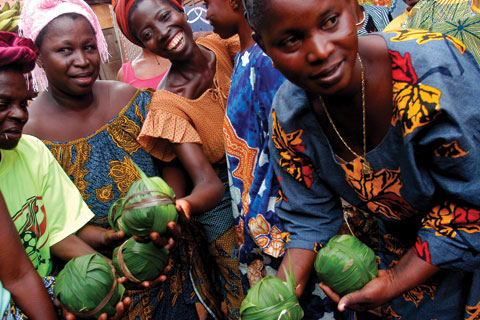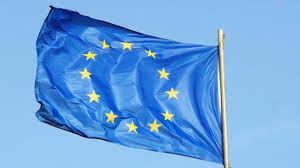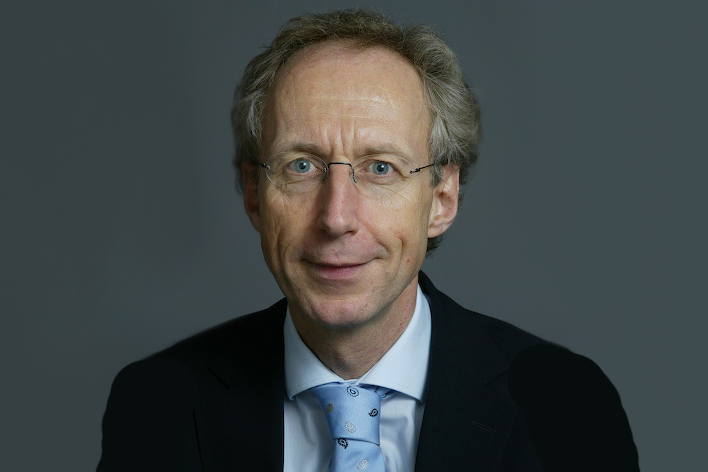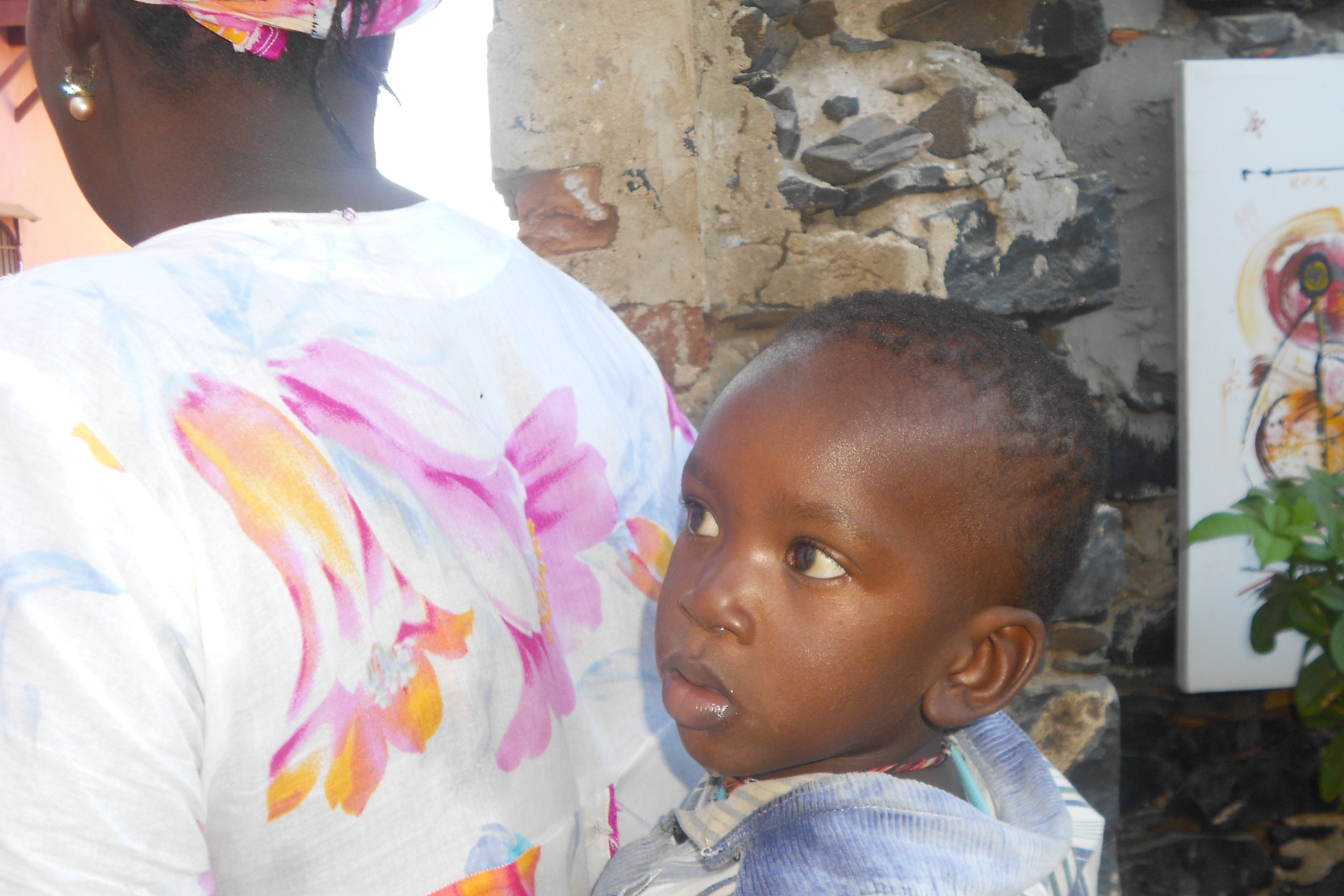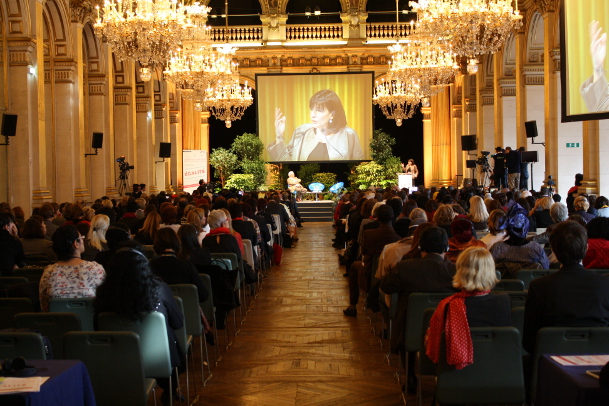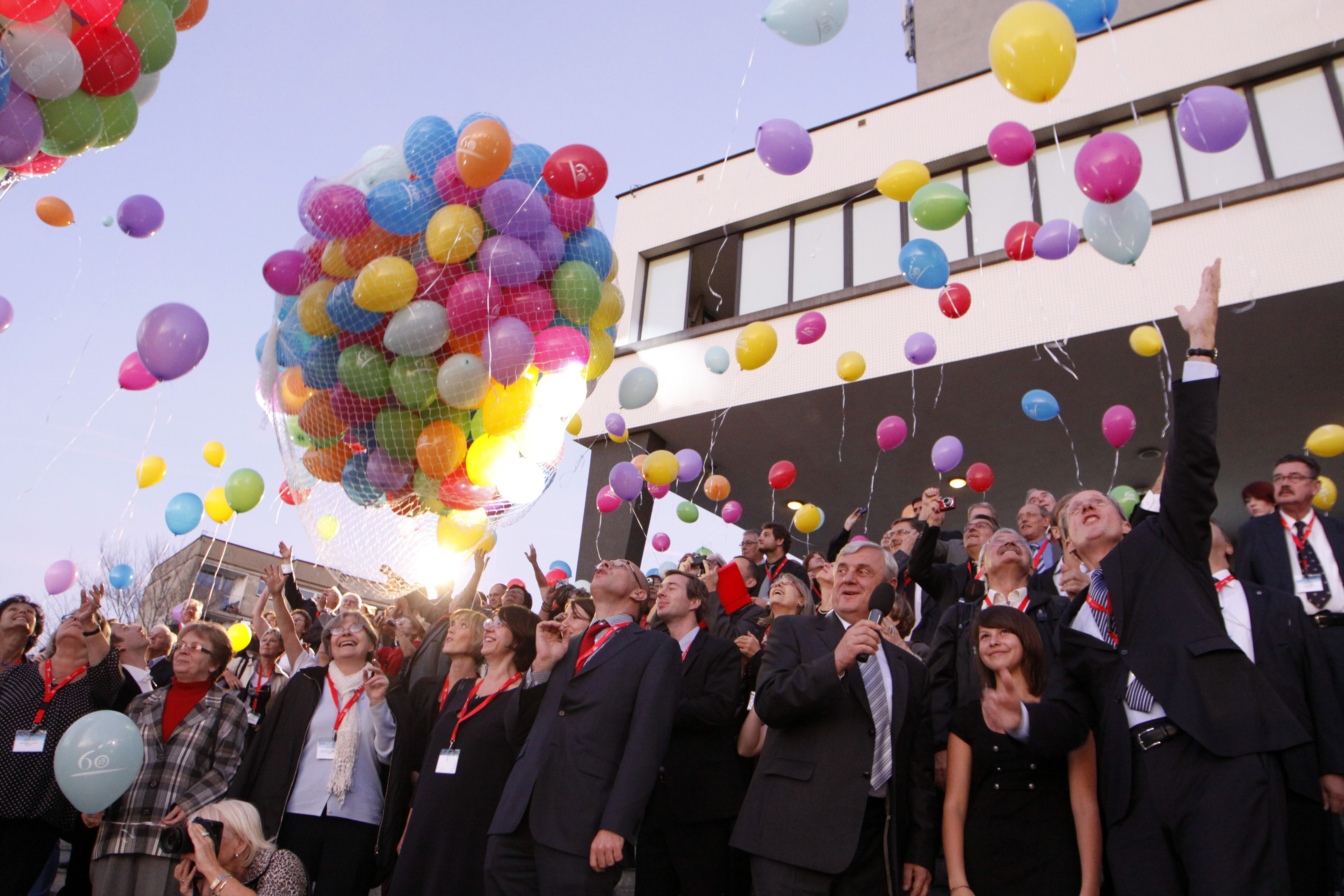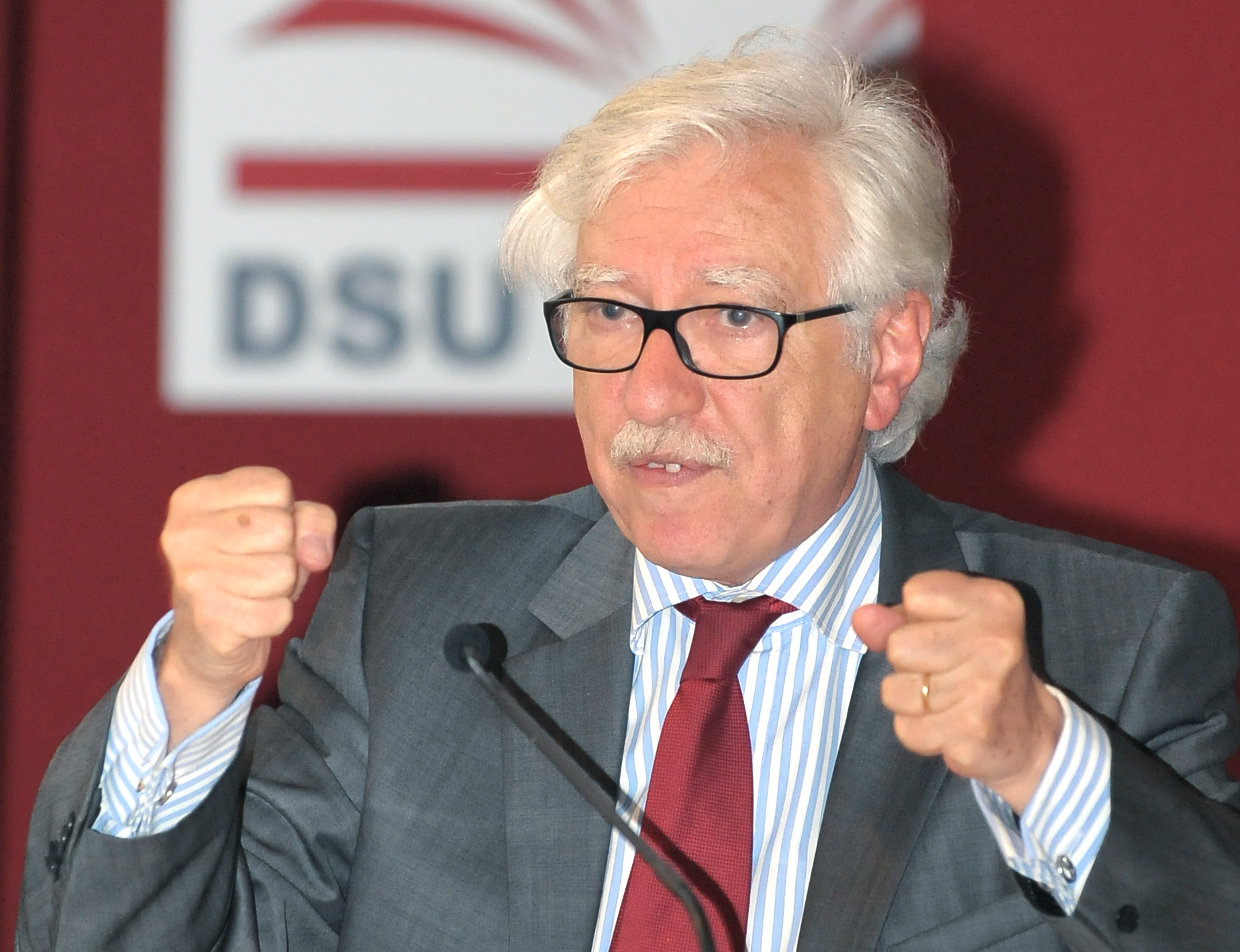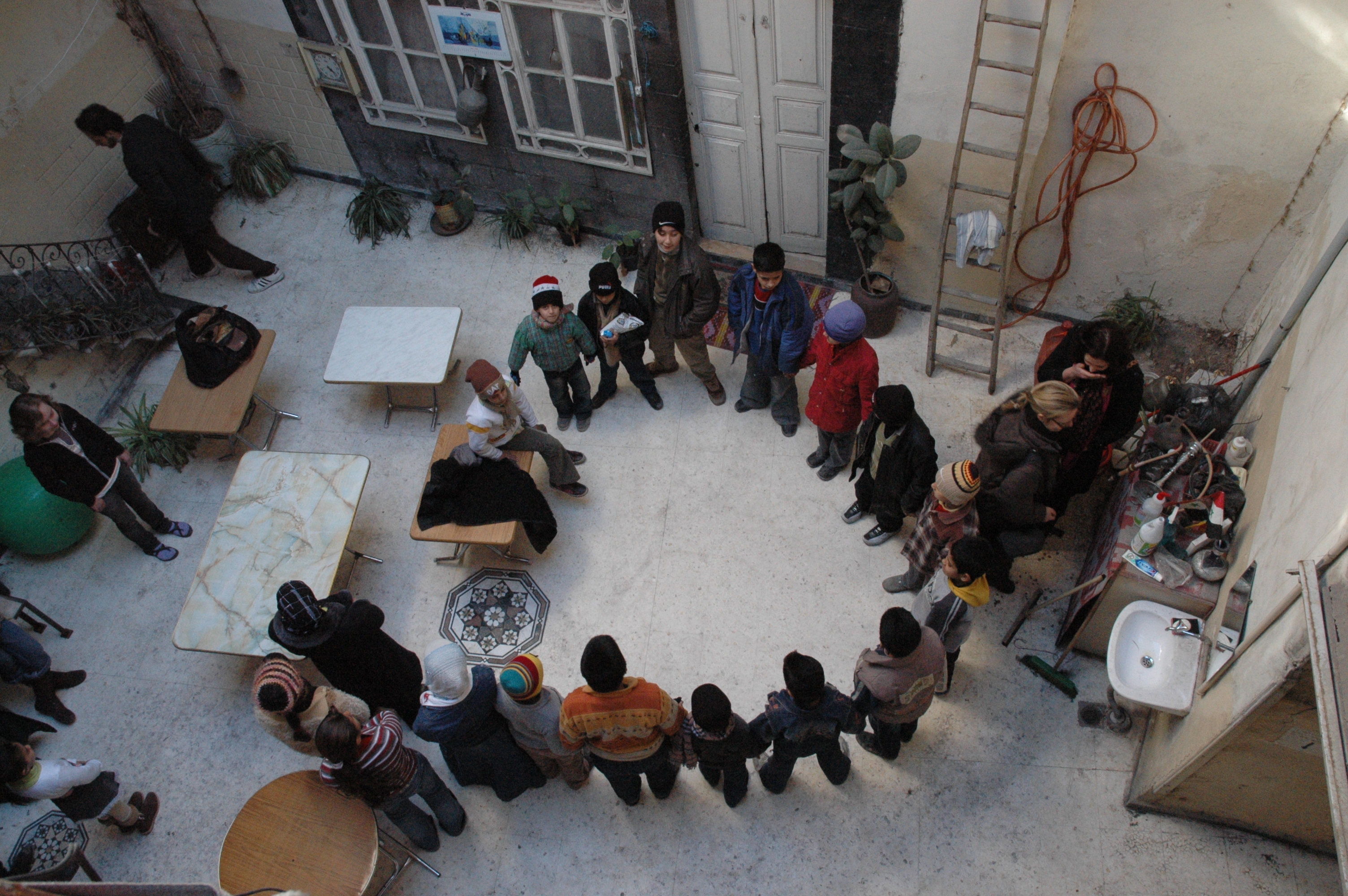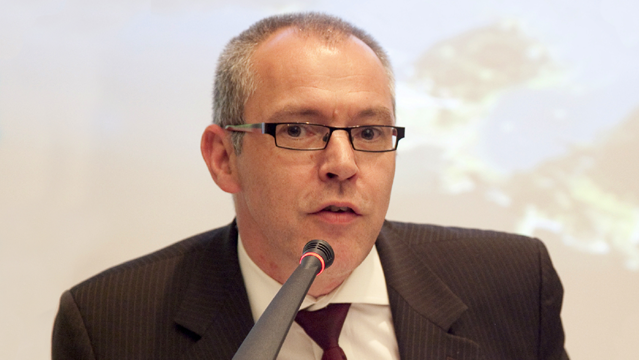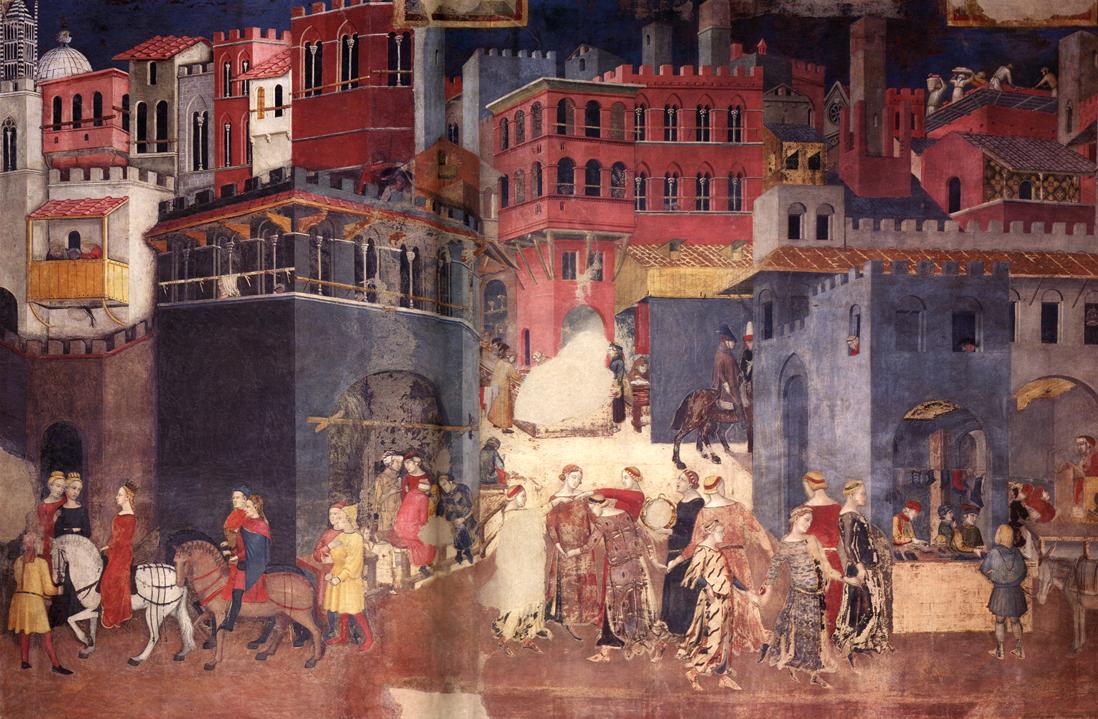Women in Politics in Europe

Ten years after its first release, I had the pleasure of heading up CEMR’s follow-up work on “Women in Local Politics” in Europe, with new data on the presence of women in local politics that only CEMR, with its national associations, is in a position to collate and obtain.
CEMR began this work in the 1990s as part of a project I headed that was being carried out under the Fourth Community Action Programme for equal opportunities for women and men, which gave us the opportunity to study and assess the presence of women in local politics in Europe.
We conducted this exercise of calculating the extent of women’s participation in local politics in 2008 in view of the Pisa Conference on the European Charter for equality of women and men in local life being held to celebrate the 25th anniversary of the first European Conference of local and regional elected women organised by CEMR (Pisa, 183).
What does the data collected for CEMR’s study tell us about the situation in 2018?
Women are still underrepresented at all levels of power, including at local level. Progress is certainly being made, but equality is a long way off. Let’s take a look at the figures.
The average proportion of women elected to the municipal councils in Europe (1) is 29% compared to 23.4% in 2008. This average is similar to the proportion of women in the national parliaments in Europe today (26.9%), which is lower than the proportion of women in the European Parliament (40.3%).
The situation varies widely from one country to another. The countries with the highest representation of women at the local level are Iceland (47.2%), Sweden (43.1%), Ukraine (41.7%) and France (40.3%). The Nordic countries can always boast the greatest number of women in the local bodies, even if the proportion in these countries also remains lower than the number of women MPs in the European and national parliaments. However, in terms of the biggest change in the proportion of elected women, Albania showed the biggest increase in the percentage of women, going from 12.3% to 34.8%. The second largest gain was seen in Montenegro, increasing from 11.4% to 30.2%, followed by Croatia, going from 11.3% to 26.3%.
While the number of women in the municipal councils can be seen as an indicator of women’s participation in a city’s everyday business,

the number of women mayors is telling of the extent to which women play a leadership role in municipal policy and decision-making. Yet, the proportion of women mayors remains for the most part much lower than that of women local elected officials.
The average proportion in Europe is 15.4%. Three countries stand out in this regard: Iceland once again, with 36.1% women mayors, Sweden with 32.1% and Finland with 30.5%. Only these three countries exceeded the threshold of 30%. In 2008, not a single country passed this invisible barrier. Among the countries that showed big gains in the number of women mayors, three countries stand out: Ukraine, which went from 5.7% to 23%, Albania, which went from 1.6% to 14.8% and Estonia, from 4% to 15.2%.
Only 8 of the 41 countries included in the study have a woman as mayor of its capital: Sofia in Bulgaria, Paris in France, Rome in Italy, Luxembourg City in Luxembourg, Oslo in Norway, Amsterdam in the Netherlands, Bucharest in Romania and Stockholm in Sweden.
It should be noted that of the 41 countries surveyed, 14 have quotas at the local level. These countries have a higher number of women elected to the local level (31.5% vs. 27.7% for the countries without quotas); but most notably, they have showed higher gains on average (+ 8.7%).
In the countries with regional assemblies, the gap is similar to the one described at the local level, with the presence of women ranging from 13.9% women in Slovakia to 49% in France. In Europe, 26 countries hold regional elections. Women are strongly represented in France (49%), Sweden (48.2%), Spain (45.4%), Finland (45%), Norway (44.4%) and Belgium (43.2%).
Another position with proportionally fewer women is president of the regions: in France, they represent 16.7%; in Finland, 21.1%. On average, there are 30.9% women elected to the regional level and 18.4% elected to the presidency.
The study also made a point of comparing the different decision-making levels and analysing the percentage of women in the national parliaments and in the European Parliament. For more details, please visit CEMR’s website (www.ccre.org) for a copy of the study.
We wanted to analyse the role of the European Institutions and bodies in promoting equality at the local level in Europe, looking beyond quotas which are undeniably a vital instrument for increasing women’s political participation.
CEMR continues to spearhead initiatives in this area. Indeed, CEMR has been one of the pioneers among European organisations and the fact that I was able to work on behalf of this cause still fills me with pride. Today, equality remains a top priority on CEMR’s political agenda and is adhered to in its governing bodies. Recently, other organisations have also undertaken efforts in this regard, leading to significant changes in different European countries. In particular, I would single out the Congress of Local Authorities of the Council of Europe, whose work undoubtedly has something to do with the increases witnessed in several Balkan countries (we already mentioned the progress being made in Albania, Montenegro, Croatia, etc.).
The study ends with a look at the obstacles and the setbacks facing equality and possible causes and different perspectives. A very wide-ranging debate indeed! The violence that exists today in relations between men and women and the cases of feminicides now reported on a daily basis should be an urgent alarm alerting us to the seriousness of the situation.
The analysis through numerical data of women’s political representation in Europe, at all levels, confirms the effectiveness of quotas and shows encouraging progress on women’s participation in public policymaking. It also tells us that the struggle for equality has reached a critical stage: moving from political speeches to genuine policy initiatives, going from theory to practice!
Equality between women and men is a right but also an inherently important political issue, one tied to good governance and democracy. This explains why the United Nations decreed gender equality to be a goal to be achieved under the 2030 Agenda for the Sustainable Development of the planet.
I am honoured to be able to contribute to this fight in my role as a gender equality expert for the world Organisation of local governments, UCLG (www.uclg.org). CEMR’s study collating data covering Europe is an example to be followed by the other continents as it is these statistics that make it possible to assess women’s participation in decision-making, particularly at the local level, thus making them an important indicator with respect to the 2030 Agenda’s SDG dedicated to gender equality.
1) 41 European countries, all with CEMR member national associations.




 All news
All news
